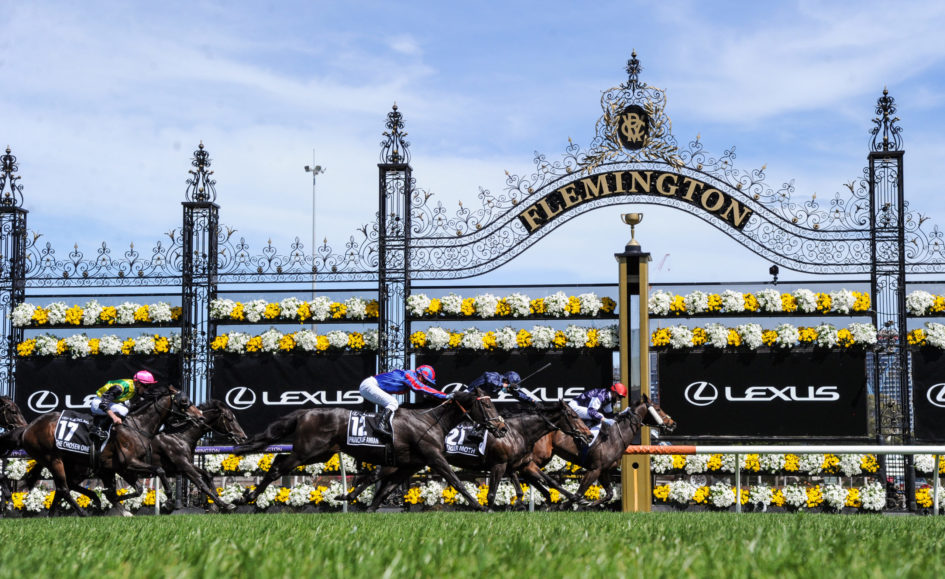
International runners will again be required to undergo and successfully pass CT scans before leaving their home country and again before their first start in Melbourne during the 2022 Spring Racing Carnival.
Racing Victoria (RV) on Wednesday announced in a media briefing that it had endorsed the requirements introduced prior to the 2021 Spring Carnival following the death of Anthony Van Dyck in the 2020 Melbourne Cup.
RV chief executive Giles Thompson reinforced the want and need to maintain safety standards as a priority and to reduce the risk of injury.
“When we introduced the new veterinary protocols last year we committed to a thorough process after the Spring Carnival to review their implementation, consider any learnings and participant feedback and to understand any advancements in technology and research that may be of further benefit,” Thompson said.
Thompson added that the primary recommendations included the continued requirement for CT or MRI scanning to continue to “remain at the forefront of safety in world racing.”
As it was in 2021, international competitors will be restricted to having one lead-up run before the Melbourne Cup and will be required, along with local entrants, to be scanned again in the time between the Caulfield Cup and Melbourne Cup Day.
Prior to travelling, RV have increased the minimum number of veterinary inspections from two to three, with an RV veterinarian attending one of those pre-travel inspections.
A “digital gait analysis system” will be used to help detect lameness and to identify changes in the horse’s gait during that time to inspections in Melbourne.
While the introduction of these mandatory scans came under fire from some trainers in 2021, Danny O’Brien publicly stated his gratitude for the procedures identifying areas of concern more than a week out from the Melbourne Cup with staying prospect Young Werther.
O’Brien said it allowed his team to reset their sights with the four-year-old towards the 2022 Spring staying features.
The use of scintigraphy scanning, a process that is said to take a great toll on a horse’s recovery from it and raised the ire of some trainers when introduced in 2021, will be used in a more targeted approach where CT and MRI scans, vet and racing histories, and/or pre-travel inspections indicate a greater risk of injury is apparent in the individual horse.
The Victoria Racing Club (VRC) has welcomed the outcome of Racing Victoria’s first review into safety measures introduced in 2021 towards the 2022 Melbourne Cup Carnival.
“Racing Victoria undertook a thorough industry consultation process with local and international stakeholders to examine the changes implemented ahead of last year’s Spring Carnival to assess their effectiveness and determine what – if any – improvements should be made,” VRC Chairman Neil Wilson said.
“The review reaffirms our collective commitment to continually lift the global safety benchmark for our sport, to ensure we remain at the forefront of equine welfare best practice.”







